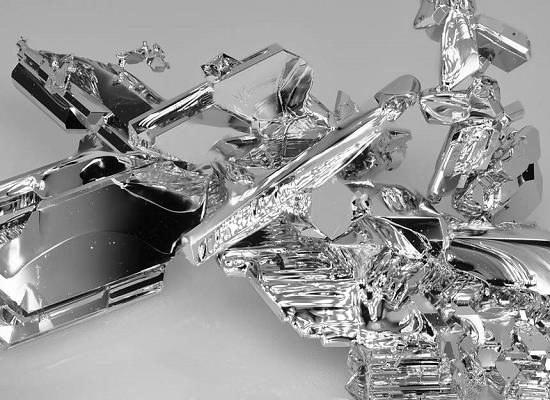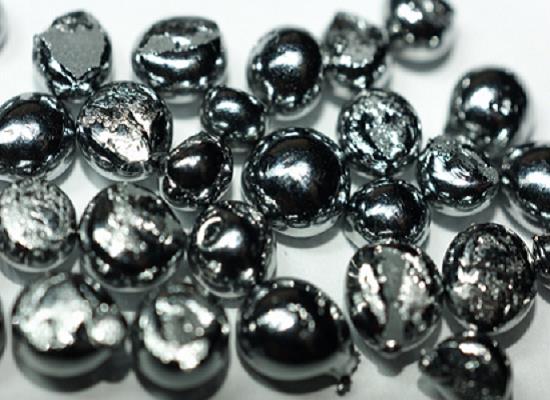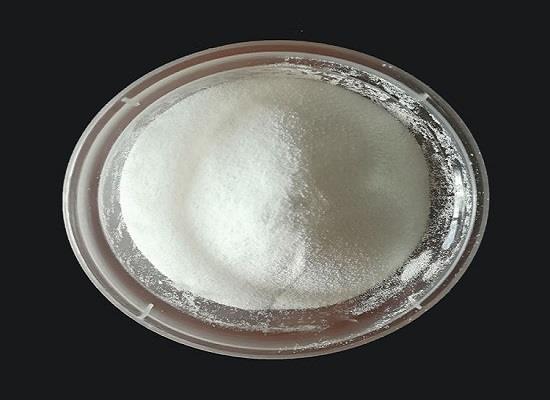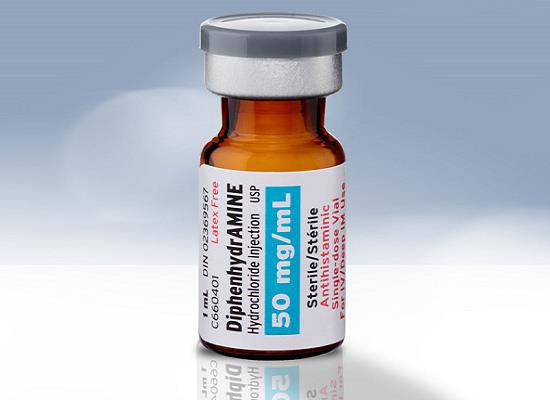Ruthenium: applications in nuclear energy and cancer treatment
General Description
Ruthenium, a rare transition metal from the platinum group metals, possesses unique chemical and physical properties. It is found in low concentrations in the Earth's crust along with other precious metals. With a high melting point, hardness, conductivity, and catalytic effect, ruthenium exhibits multiple oxidation states and forms complex compounds. Its isotopic composition includes naturally occurring isotopes and radioactive ones. In the field of nuclear energy, ruthenium plays a role in the reprocessing of spent nuclear fuel. It presents challenges during the PUREX process due to its fission yield, long half-lives, various oxidation states, and complex formation. In cancer therapy, ruthenium complex compounds have gained prominence. They are used to treat different types of cancers such as melanoma, ovarian cancer, and breast cancer. These compounds demonstrate lower toxicity, higher efficiency, and selectivity towards cancer cells compared to cisplatin.
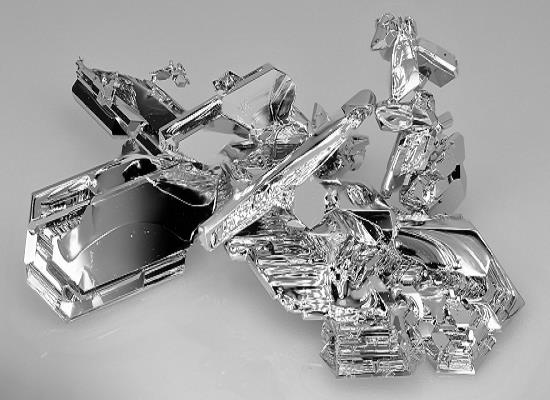
Figure 1. Ruthenium
Properties
Ruthenium is a rare transition metal belonging to the platinum group metals. It occurs naturally in very low concentrations in the Earth’s crust, typically found in minerals alongside other precious metals such as Iridiosmium, Osmiridium, and Laurite. With its unique chemical and physical properties including a high melting point, hardness, conductivity, and catalytic effect. Ruthenium exhibits multiple oxidation states ranging from 0 to VIII and has a tendency for hydrolysis and the formation of complex compounds. This characteristic poses challenges in terms of removing ruthenium from radioactive materials or accurately determining its presence in samples. Naturally, seven isotopes of ruthenium exist, namely Ru-96, Ru-98, Ru-99, Ru-100, Ru-101, Ru-102, and Ru-104. Additionally, scientists have identified and described 34 radioactive isotopes of ruthenium. In summary, Ruthenium, as a rare and valuable metal, showcases remarkable properties that make it highly useful in various industrial applications. Its distinctive characteristics and isotopic composition contribute to its significance and ongoing research in the field. 1
Applications in nuclear energy
Ruthenium has applications in nuclear energy, particularly in the reprocessing of spent nuclear fuel. The PUREX process, which has been used since 1940, involves several steps to recover uranium and plutonium from the fuel. During this process, ruthenium, along with other platinum group metals (PGMs) such as palladium and rhodium, is present in the high-level liquid waste (HLLW) produced. Removing ruthenium from spent fuel is challenging due to factors such as its large fission yield, relatively long half-lives of certain isotopes (Ru-103 and Ru-106), various oxidation states, and the formation of numerous complexes. Ruthenium exists in soluble, semi-soluble, and insoluble forms during the PUREX process, with the equilibrium between these forms occurring slowly. Studies have shown that the soluble form is a nitrosyl compound, the semi-soluble form is a di-nitrate compound, and the insoluble form is a mononitrate compound. The amount of ruthenium produced during fuel reprocessing depends on factors like the reactor type, fuel burn-up level, and cooling time. It's important to address the presence of ruthenium and other PGMs in HLLW to ensure proper waste management and minimize their impact on the environment. 2
Applications in cancer treatment
Ruthenium complex compounds have found wide applications in cancer therapy. These compounds are used to treat various types of cancers such as melanoma, ovarian cancer, and breast cancer. Compared to cisplatin, a commonly used anticancer drug, ruthenium compounds exhibit lower toxicity, higher efficiency, and fewer side effects. They also demonstrate selectivity towards cancer cells while sparing healthy cells. The mechanism of action for ruthenium complexes in inhibiting tumor cells is similar to that of platinum compounds. Ruthenium compounds can occur in different oxidation states, with the most thermodynamically and kinetically stable compounds being those of ruthenium (II). Ruthenium (II) compounds possess photophysical and chemical properties that induce cell death through multiple mechanisms. Notable ruthenium complexes used in cancer treatment include ruthenium amine, ruthenium dimethylsulphoxide, and ruthenium heterocycle complexes. Several ruthenium compounds have been synthesized and studied in clinical trials, such as KP1339, NAMI-A, TLD1443, and RuCl₂(KTZ)2. These compounds show promising potential in treating hepatoma, inhibiting tumor metastasis, enhancing photodynamic therapy efficiency, and inhibiting cell growth in melanoma cancer. 3
Reference
1. Zuba I, Zuba M, Piotrowski M, Pawlukoj? A. Ruthenium as an important element in nuclear energy and cancer treatment. Appl Radiat Isot, 2020, 162:109176.
2. AraiB Y, Ogino H, Takeuchi M, Kase T, Nakjima Y. Study on cleaning solvents using activated alumina in PUREX process. RadiochmicaActa, 2011, 1(1):71-74.
3. Iida J, Bell-Loncella ET, Purazo ML, Lu Y, Dorchak J, Clancy R, Slavik J, Cutler ML, Shriver CD. Inhibition of cancer cell growth by ruthenium complexes. J Transl Med, 2016, 14:48.
You may like
Related articles And Qustion
Lastest Price from Ruthenium manufacturers

US $2.00-6.00/kg2025-07-25
- CAS:
- 7440-18-8
- Min. Order:
- 1kg
- Purity:
- 99%
- Supply Ability:
- 100kg

US $0.00-0.00/kg2025-04-04
- CAS:
- 7440-18-8
- Min. Order:
- 1kg
- Purity:
- 98%
- Supply Ability:
- 1Ton


